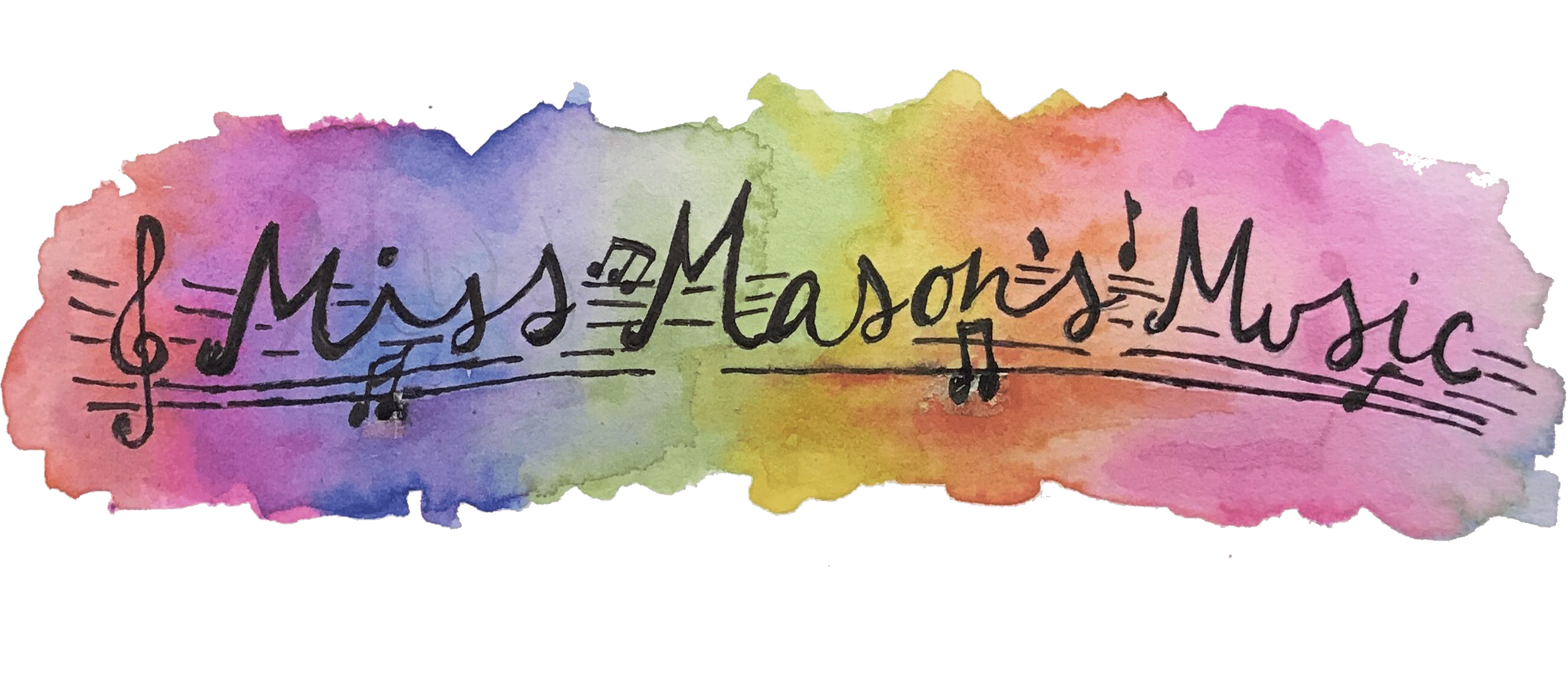Review Week and Prepping for Next term
The first two terms were lessons I developed on my own based on Solfa principles before I had access to Mason’s original Solfa lesson books. Once I got them from England I realized that they were very thorough and worth using. Next term, we will start with the level one book Mason used for all beginning students. If you have older children who are beginners, I suggest they also continue on to Term 3 using the level one book: Ten Minutes’ Lessons in Sight Singing (Click on the link to read the intro to the new book and prepare for the next term) with the younger children. If your older students are more advanced, these lessons might be easy for them but I still suggest they go through them, even if they move a lot faster through them. The Solfa curriculum Mason used was very different from typical music notation and it will be of service to your more advanced students to learn a bit about the system. Even if your child can read music with their eyes, this does not mean that their ear has been properly trained to HEAR the music they see in their heads or to sing those notes. Ear Training is different from Sight-Reading in that regard. To sight-read a note on an instrument requires you see a note and press and key or a string. With singing, you have to audiate, or hear the notes and intervals ( spaces between the notes) in your head and then produce the sound. Even if your older children are not going to be singers, the skill of audiation ( hearing or Thinking in sound) is so essential for being a good musician that they should do these “singing” lessons. Because they aren’t really singing lessons, they are hearing lessons.
I suggest for this week that you as a parent review the concepts you have learned so far over the past few terms. Sing the songs from the past two terms with your kids, march to the beat of those songs, sing the rhythm patterns you have learned, and practice your hand signs to D, R, M, S, L and D’ ( High Do). Maybe practice writing down rhythms, like a dictation or singing and writing down the letters of the Solfa they hear. Challenge your kids and see what they can do!
Focus on two key elements in your review.
- That your child can match your pitch.
- That your child can march, walk, clap, drum, etc. to the beat of the music.
These two elements are essential for training the ear/body and for moving on in the Sol-fa lessons. If these elements are difficult for your child or yourself, try not to get discouraged. Keep practicing. Sometimes it can take a long while for kids to get develop these skills. Younger children will most often respond more quickly than older children. If you feel this is a weak area for you as a teacher, may I suggest you ask a friend or person at church who you know can sing and match pitch well to assist you a little before moving on? Matching pitch will also be the content focus for Lesson 1 next term. You can utilize that lesson to help you practice the skill. Feeling the beat will be stressed some in Sol-fa later, and also in Marching exercises and other forms of musical drill. Don’t miss those on the Drill Lesson Page. You don’t have to have the skills perfected before moving on, but try to see some improvement. Then Begin Term 3, Lesson 1!
The first lesson will look like this, just to give you a bit of a preview. Video lessons will accompany each lesson!:


